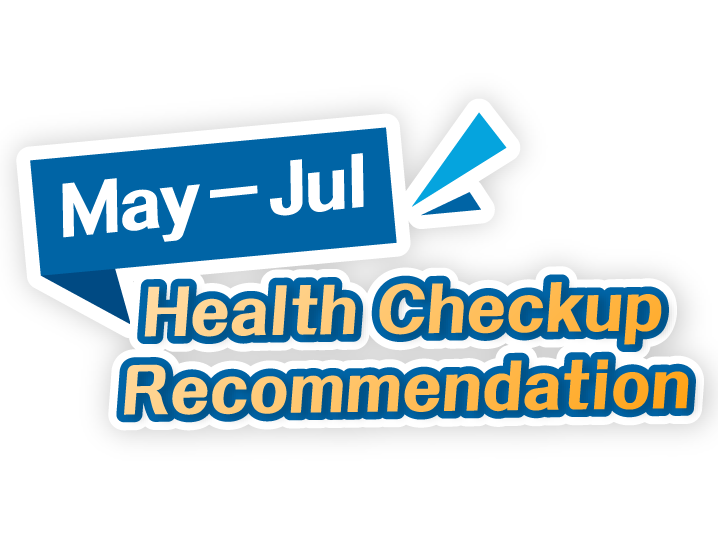A cardiac MRI can be extremely useful in diagnosing a range of heart and vascular conditions within the body. It presents a range of benefits that can help patients in a variety of ways. Through using a powerful magnetic field – combined with radio waves and computer technology, a cardiac MRI can provide medical professionals with a clear picture of the different structures in and around the heart.
Here are some of the key benefits of cardiac MRI and when it is most useful:
With a cardiac MRI, doctors are given a clear view of the heart. It produces the best images of this organ for many conditions, and has been proven to help diagnose the following:
Additionally, a cardiac MRI is often used after a heart attack to discover the extent of any damage caused. This allows medical professionals to assess the severity of the heart attack and what can be done to help the patient recover.
Unlike other methods of seeing inside the human body, a cardiac MRI is completely non-invasive. It’s a comfortable procedure for patients to undergo, without the need for any major or minor surgery. Therefore, there’s no recovery time after, so it’s something that can be done at any given time.
One of the huge benefits of cardiac MRI scans is that they don’t expose patients to radiation. This makes them different from traditional x-rays or CT scans, both of which use ionizing radiation to provide images during the scan. Therefore, a cardiac MRI is technically better for the patient as it reduces their exposure to radiation, minimising the risk of any negative side effects following the process.
As mentioned previously, cardiac MRI scans are able to produce extremely clear images for medical professionals to assess. The technology used during the scan allows for much better images than other scanning methods can boast. In particular, MRI scans are known to produce clearer and more detailed images of the heart and its surrounding/internal structures. This helps with the early diagnosis of diseases and cardiac conditions, allowing doctors to reach conclusions faster, and potentially saving lives.
Furthermore, a huge benefit of cardiac MRI technology is that it can detect abnormalities that are typically hidden in other imaging methods. This is because other methods may have bones obscuring masses or abnormalities, while an MRI can see through this for more clarity. It is strongly believed that an MRI scan can help to provide better images to diagnose conditions where other methods and tests have come back with inconclusive results.
Following on from the point about image quality, a significant benefit of cardiac MRI is that it gives doctors and other medical professionals more information. The images are so detailed that it doesn’t just help diagnose heart disease, it can pinpoint the severity and type.
This is largely due to the fact an MRI can show the size and thickness of chambers within the heart, letting professionals compare regular myocardium with abnormal myocardium.
Not only does a cardiac MRI prevent exposure to radiation, but it also decreases the likelihood of allergic reactions following a scan. This is because the contrast material used in the process is nowhere near as likely to elicit an allergic reaction when compared to contrast materials used in x-rays and CT scans. Again, this contributes to a lack of side effects for the patient, increasing the advantages of an MRI.
There are various interventional procedures that are called upon to treat abnormalities in the heart. The most common abnormality that’s treated this way is an irregular heart rhythm. Here, an interventional procedure is needed to help correct the issue and improve cardiovascular health. By using an MRI, doctors are able to scan the heart and receive clear images of what’s going on during the procedure. Consequently, they can use these computer images to improve the accuracy of the procedure, getting it done faster as well.
In conclusion, the benefits of cardiac MRI are diverse, and this is a powerful technology to provide the best images of the heart and its nearby structures. It helps to diagnose many cardiac conditions early on, while also providing the advantage of zero radiation. The technology is constantly improving, resulting in more and more benefits as the years go by.

